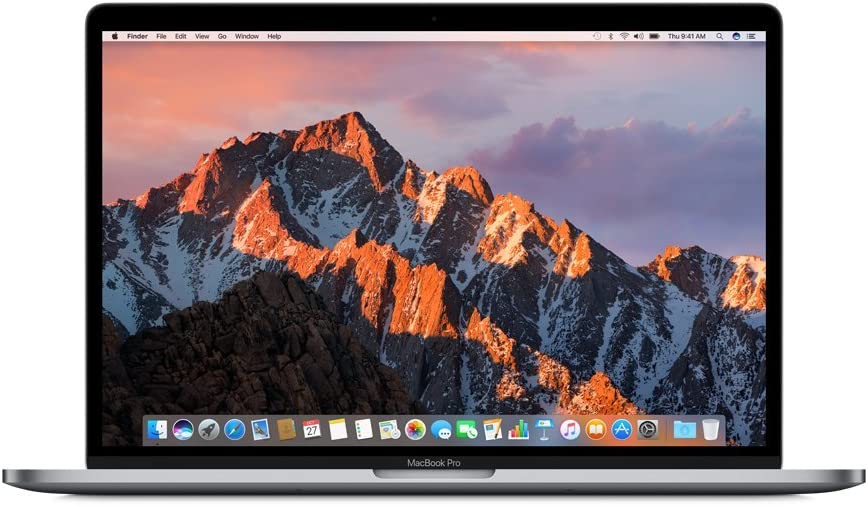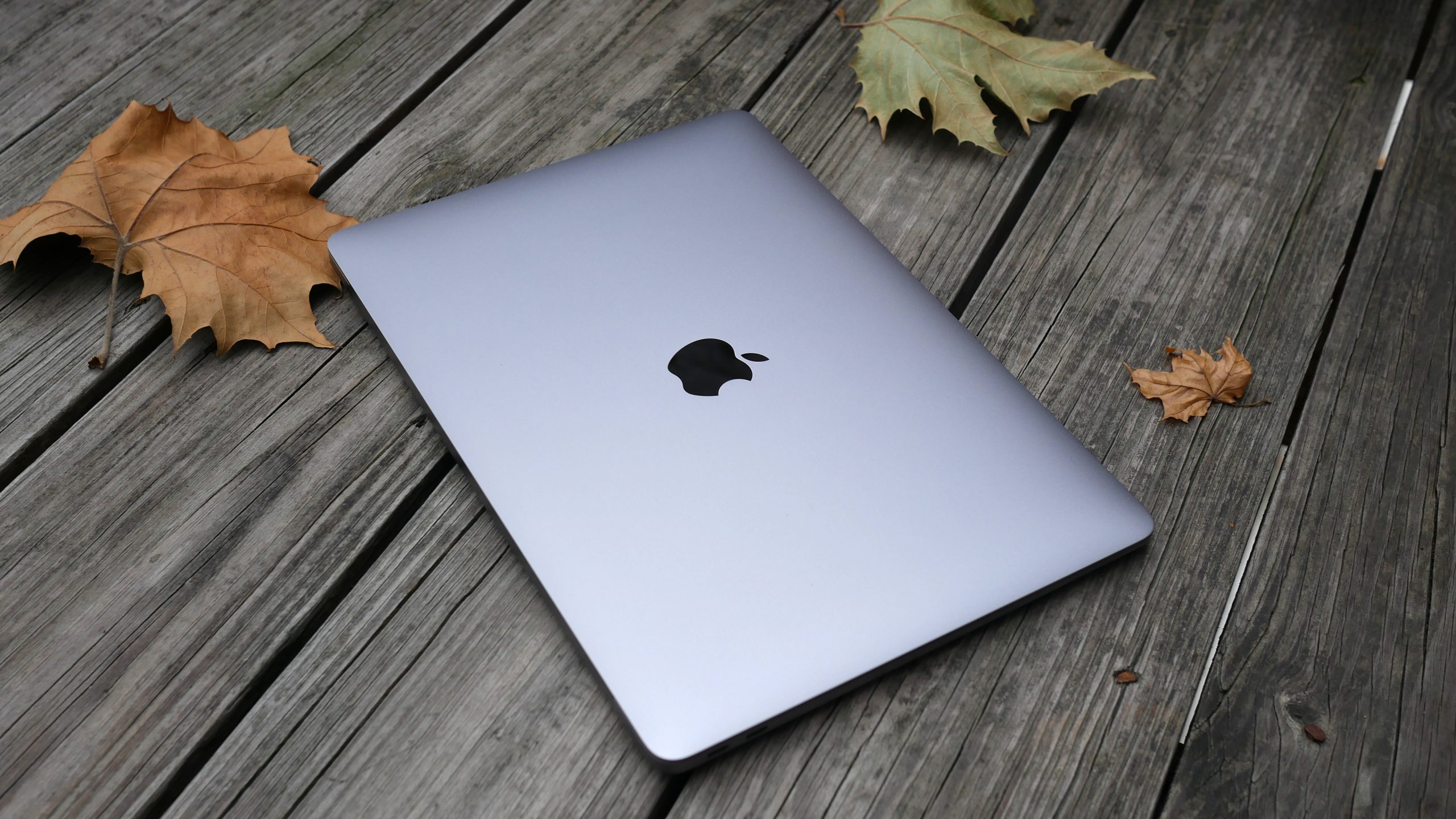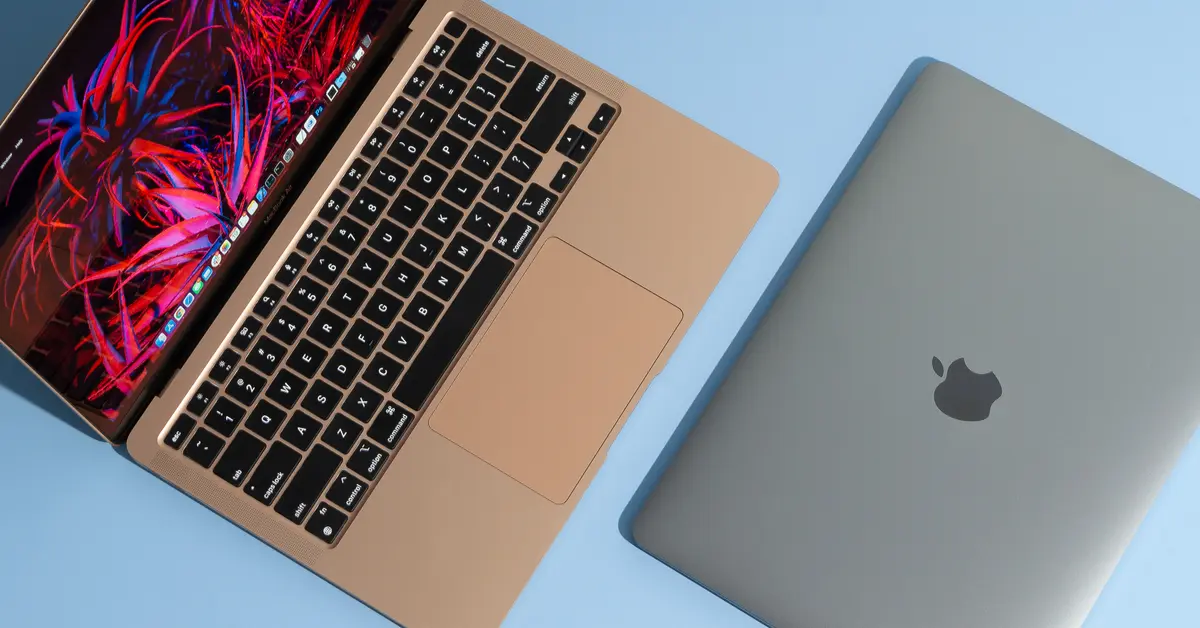Apple MacBook
The History of Apple MacBook: A Journey of Innovation and Design Excellence
The history of the Apple MacBook is a testament to Apple’s commitment to innovation, design excellence, and pushing the boundaries of what a laptop can achieve. From the introduction of Intel processors and the aluminum unibody design to the revolutionary MacBook Air, Retina display technology, and the recent transition to Apple Silicon, each milestone has contributed to the MacBook’s reputation as a leading laptop brand. As the MacBook continues to evolve, we eagerly anticipate the future innovations that will shape the next chapter in its remarkable story.

Apple MacBook
The Future of MacBook: Unleashing the Power of Innovation
The future of the MacBook holds immense potential, with advancements in performance, design, display technology, security, ecosystem integration, and sustainability. As Apple continues to innovate and redefine the laptop experience, users can look forward to a future where the MacBook becomes an even more powerful tool for productivity, creativity, and seamless digital experiences. Stay excited for the upcoming chapters in the MacBook’s journey, as it continues to shape the landscape of portable computing for years to come.
Apple MacBook
MacBook vs PC: Unraveling the Differences and Making the Right Choice
The choice between MacBook and PC ultimately depends on individual preferences, specific requirements, and budget considerations. MacBooks excel in design, user experience, and integration within the Apple ecosystem, making them a popular choice for creative professionals and users seeking a cohesive Apple experience. PCs offer a wider range of customization, software compatibility, and price options, making them suitable for a diverse range of users, including gamers, business professionals, and those with specific hardware preferences. Assess your needs, evaluate the key factors, and make an informed decision that aligns with your computing requirements.
Apple MacBook
The Evolution of MacBook: Tracing the Path of Innovation
The MacBook has undergone a remarkable evolution, transcending its humble beginnings to become an iconic symbol of innovation, design, and performance. From the introduction of Intel processors to the adoption of unibody construction, Retina displays, USB-C connectivity, Touch Bar, and the transition to Apple Silicon, each stage in the MacBook’s evolution has brought new advancements and refined user experiences. As Apple continues to push the boundaries of technology, we eagerly await the future innovations that will shape the next chapter in the MacBook’s evolution, empowering users with even more powerful, versatile, and seamlessly integrated computing experiences.
-

 iPhone1 year ago
iPhone1 year agoFuture Predictions for the iPhone: Unveiling the Path of Innovation
-

 Uncategorized1 year ago
Uncategorized1 year agoThe Automation Revolution: Job Displacement or New Opportunities?
-

 3D Printers1 year ago
3D Printers1 year agoBenefits of 3D Printing
-

 AI Trends1 year ago
AI Trends1 year agoThe Future of Robotics and AI: A Controversial Perspective
-

 Tech News1 year ago
Tech News1 year agoThe AI Privacy Paradox: Balancing Innovation and Personal Data Protection
-

 3D Printers1 year ago
3D Printers1 year agoThe Future of 3D Printing
-

 BLOG1 year ago
BLOG1 year agombracing the Singularity: Illuminating the Path to a Promising Future
-

 iPhone1 year ago
iPhone1 year agoThe Future Benefits of the iPhone in Entertainment: Unlocking New Dimensions of Digital Delight





